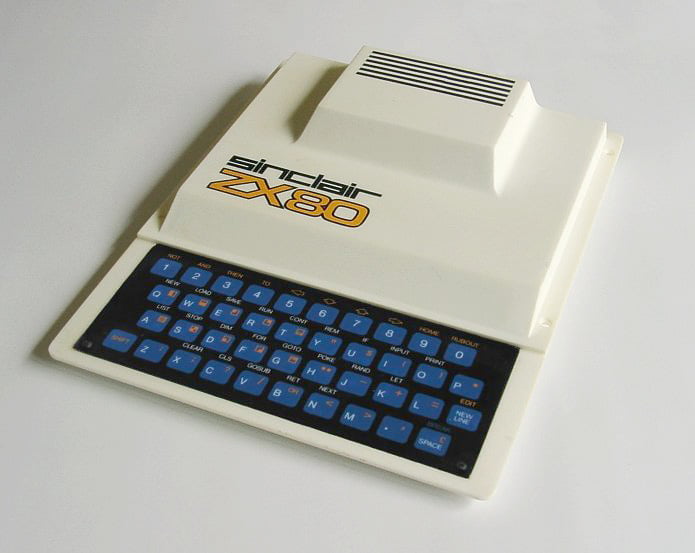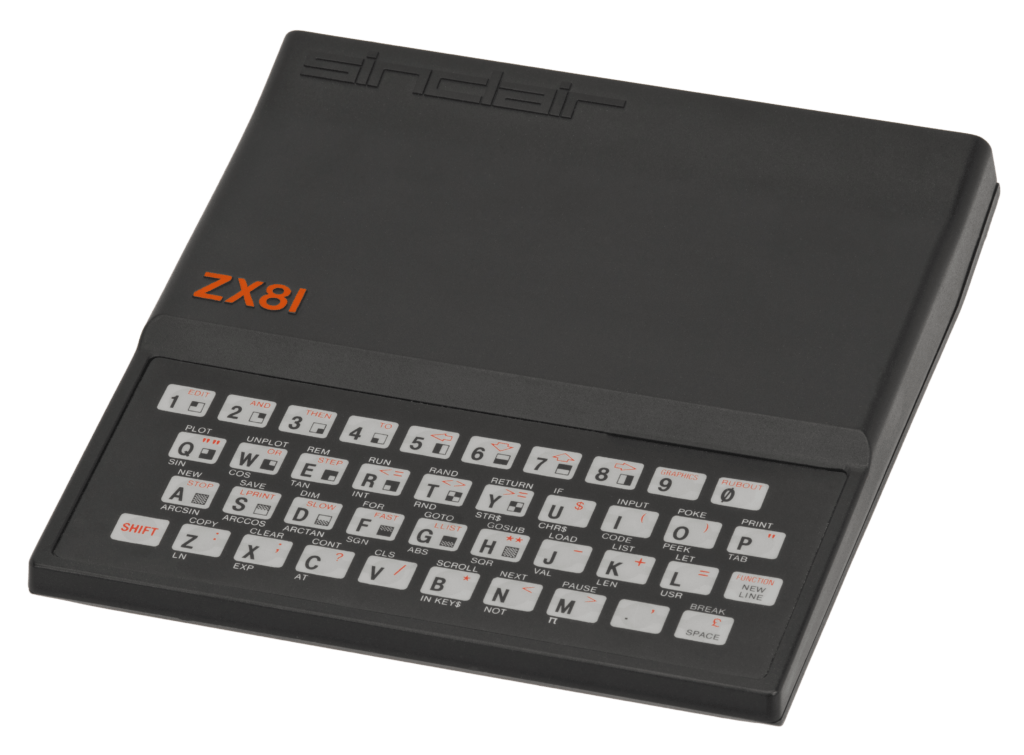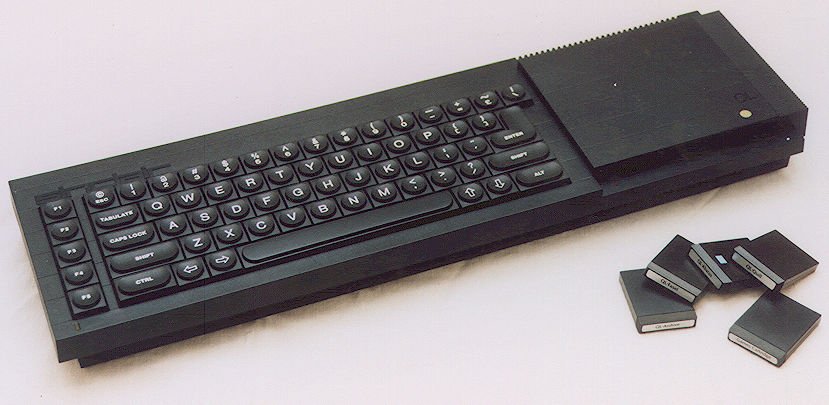Sir Clive Sinclair has died on the 16/09/2021, Sir Clive created many innovative products over his lifetime including Calculators, Electric Vehicles, Micro TV’s etc and while I only used his computers briefly, it very sad to see him gone, another pioneer has moved on from this world.
As I grew up in the 1970s and 1980s there were a few computers that were popular with the Nerds…… I was one and it meant at my school: New Plymouth Boys High School, that on the cold days I could escape into the computer lab.
We would participate in playground battles between the Commodore, Sinclair, Atari and of course the BBC Master 128 and Archimedes (which was better than all the former!) every single day.
I did not own a Sinclair but I used a few at friends places when I went to visit (this used to be a thing in the 1980s) and my part time job also used ZX Spectrums for robotic control and I took one home from my part time job on many occasions to write programs (difficult with that keyboard!) and play the odd game too…..
Sir Clive Sinclair was a huge inspiration to many of the youth of my generation and although I never personally owned one, I did come within a whisker of purchasing a ZX Spectrum before a ‘mighty’ Atari 130 XE appeared second hand before me at the right price! the rest as they say “is history”

The first machine from Sir Clives stable was the ZX80, a 1kb ram and 4kb rom (or was it 8!) monster with a Z80 cpu. Running a basic program meant disabling the screen if running in fast mode, or dropping speed to have the display on and run a program. Early computing was all about compromises, though this wasn’t the worst compromise with the system, that might be the keyboard. The keyboard was a membrane affair that was almost impossible to type on with any speed whatsoever, and to make matters worse half of the commands needed a modifier key press as well! (Shift key).
Yet still it was available in both kit form and prebuilt at a time when there were no other options at the same price point and I know anyone who purchased and assembled one of the ZX80s would have taught they had struck gold having this machine in their possession.

Sinclairs second machine was the ZX81 and a huge success for the company, huge being strictly about the sales because the computer itself is tiny! an adult males hand with fingers out-stretched is bigger than this device. I never used one of these systems but I have seen many and I have no idea how anyone ever typed a program in with one.
1 KB of random access memory meant there was not enough ram in the base model to have a full screen of graphics (which were character based and not bit mapped anyway), but the way in which basic commands was very clever.
Instead of typing a Basic Keyword, the operator would use a single keypress or shifted keypress for all basic commands, the cleverness being that the commands were tokenised immediately and saved on ram use.

The ZX Spectrum was a machine that I used for gaming and programming, programming was easier than the XZ81 and the computer now had colour graphics and a bit mapped display making games much more fun. Like the ZX81 the ZX Spectrum was still very small and very easy to transport around, this time though it had a lot of power for the time and the price.
With 16 or 48k ram and 16kb of ROM, 8 colours (and 8 more with half brightness), a sound channel driven by the CPU and a rubber keyboard, this machine was a serious step up from the ZX80/81 and was very popular in the UK, Australia and New Zealand.

The final genuine Sinclair was the QL (Quantum Leap) and realised in 1984, this machine was designed for business, not pleasure. With two Microdrives for mass storage and a 68008 Motorola cpu (32 bit internal, 8 bit external data bus), this was a leap for the range with a much more powerful machine now available. The QL had a true multitasking Operating System as well, propelling it into the league of the much more expensive machines available at the time.
Unfortunately for Sinclair, there were many problems with this release (common with Sinclair in the past as well) including broken promises, rom ‘bulges’ dongles for the first machines, slipped release dates and machine failures which ensured that the Sinclair QL did not become a success in the market.
There were more computers to follow that shared a Sinclair name badge but these were the creations of Amstrad or releases during this time including the 128k, +2, +3.
More links
https://www.bbc.com/news/uk-58587521
https://www.theregister.com/2021/09/17/sir_clive_sinclair_obituary/
https://www.theregister.com/2021/09/19/remembering_clive_sinclair/





Leave a Reply